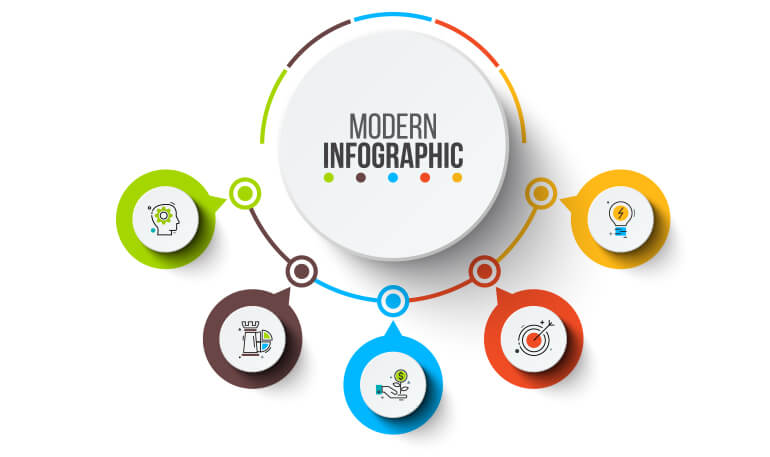Infographics can be powerful ways of communicating information creatively. Using brightly colored pictures and bold-faced numbers to tell a story about a particular topic with an infographic can pull in readers and give them a speedy way to digest complicated data.
According to research, an infographic is 30 times more likely to be read than a purely textual article. As a designer, I know certain elements come into play when creating an infographic, such as color, contrast and balance. These three components can differentiate a bad design from a good one. Allowing the numbers and the pictures enough space to play with each other on the page is also important.
More recently, the advent of animated infographics has complicated the space. I prefer to design infographics that are simple to see, read and take with you.
Here are some things to remember when creating infographics:
- Graphics grab the reader. Graphics are instantly stimulating, rather than a plain block of text. When you’re trying to catch someone’s attention, it is important to get that extra edge. Creative use of typography and fonts can create visual interest as well. The graphics should be beautiful and complement the accompanying information to create an impactful, cohesive visual. A memorable infographic could be a vital component when competing with other businesses in your industry.
- Develop the narrative. Like any story, a good infographic has a beginning, middle and end. It takes the reader on a journey and conveys critical information that maintains a sense of forward movement. When it comes to infographics and advertising, making something look attractive is just as important as the content being delivered. In fact, the message conveyed can subconsciously be the deciding factor when your target is choosing between services.
- Color is key. Especially when working for a client, use colors that are consistent with their brand palette. A lot of work went into establishing a look and feel for that company, so don’t blow it up with one infographic.
One last point: Remember that the creative conveyance of information can make the difference between a sale and a loss, so your creative team should work closely with your account team (both brand and PR) in deciding when and how to use infographics.










